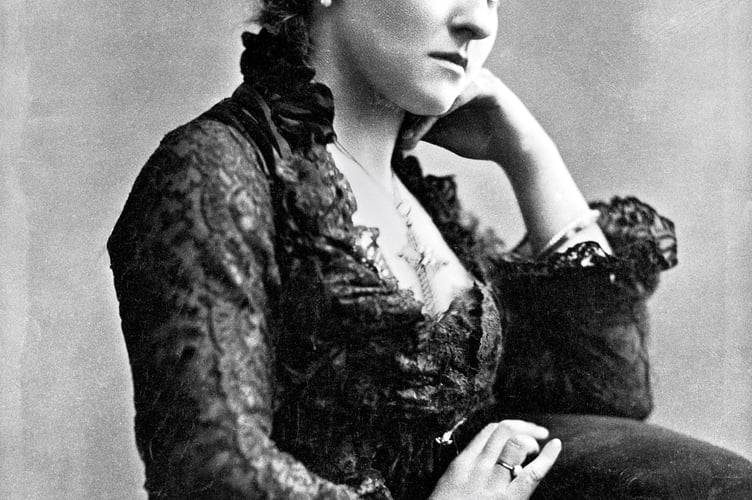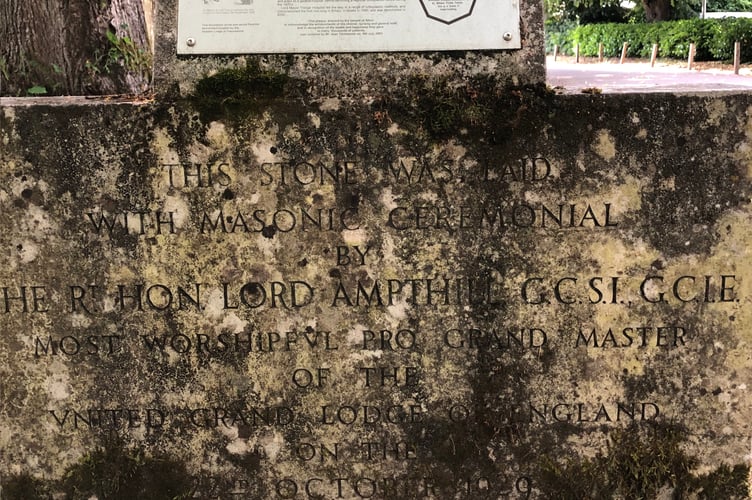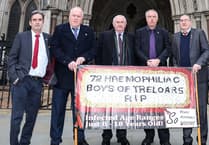It was 120 years ago this week that Alton witnessed the official opening of a military hospital destined to be the forerunner of one of the town’s most significant and fondly-remembered landmarks.
Sited at Chawton Park, the facility was founded to treat the sick and wounded returning from the Boer War but would later be transformed into the renowned Lord Mayor Treloar Hospital.
It was first known as the AMB or Absent-Minded Beggars Camp in recognition of the fact it was funded by an appeal, set up to benefit serving men and their families, which had taken its name from a song by Rudyard Kipling (who had donated the royalties of the ditty).
The facility was later named the Princess Louise Hospital after being officially opened by the royal on July 16, 1903.
Princess Louise (the sixth child and fourth daughter of Queen Victoria) was an unconventional royal. A cigar-smoking feminist, she was a proponent of the arts and higher education. She was also a talented artist and able sculptor who had designed a memorial to the colonial soldiers who had died in the Boer War.
Alton was described in the press as being “en fete” at the time of her visit with businesses closing early on the day and the streets being decorated with flags, banners and bunting.

The new hospital had 30 wards, and a report in the Hants Post and Southsea Observer recorded how well equipped the buildings were, with running hot and cold water and electricity for power and lighting.
However, the AMB had been put up rapidly in 1901 – many months before the royal visit – and had remained uncompleted and unoccupied for a considerable amount of time afterwards.
It was following a public outcry about the waste of money that the military authorities agreed to take it over and a detachment of the Royal Army Medical Corps moved in.
By the time the hospital officially came into service, the Boer War had been over for more than a year and only six patients were being treated at the site when Princess Louise visited.
The hospital mainly served the medical needs of troops based at Woolmer Forest and was only to a limited extent used as a military convalescent home until 1905.
In January 1906, it was being reported its buildings were in a dilapidated state and patients had been transferred to Aldershot, while the staff had been posted elsewhere.
Despite being fitted out to the highest modern standards, many of the structures themselves had not been built to a high standard, being made largely of timber on brick piles.
After the army left, the hospital remained closed until September 1908 when it was reopened by Sir William Purdie Treloar as a hospital for children with non-pulmonary tuberculosis (TB) and a college for disabled boys.
A campaigner on behalf of disabled children, Sir William had launched an appeal to pay for the project during his tenure as Lord Mayor of London, and the Alton site was gifted to the fund by the nation.
The hospital treated children up to the age of 12 who were suffering from TB of the bones or joints, while the college taught technical skills to boys with a physical disability, aged 14 to 18, so they could earn a living.

By 1930, there were 355 hospital beds and 50 places at the college. Children came from all over the country to the facility, which had its own railway station – Alton Park – on the Alton to Basingstoke line. Sir William is now recognised as a founding father of modern special education.
The hospital was taken over in 1948 by the newly-launched National Health Service and served as a general hospital before becoming a regional orthopaedic centre. The college moved to a site at Froyle in 1953, before eventually becoming Treloar’s school and college now based at Holybourne.
The Lord Mayor Treloar Hospital, later officially called the Wessex Orthopaedic Hospital, led the way in a range of orthopaedic methods and was the first in Britain to commission an iron lung (used in the treatment of polio).
Threatened with closure in the 1970s, it survived until 1994. A seven-year campaign was waged to save the hospital but was ultimately to no avail. Most of its buildings were demolished in 2002, much to the sadness of many Altonians who were proud of the ground-breaking institution that had had a special place in their community.
Alton Community Hospital was built on part of the Treloar’s site in 1992, and housing now covers much of the remainder. The memory of the first hospital to stand there is retained in the name of the development’s Princess Louise Square.





Comments
This article has no comments yet. Be the first to leave a comment.